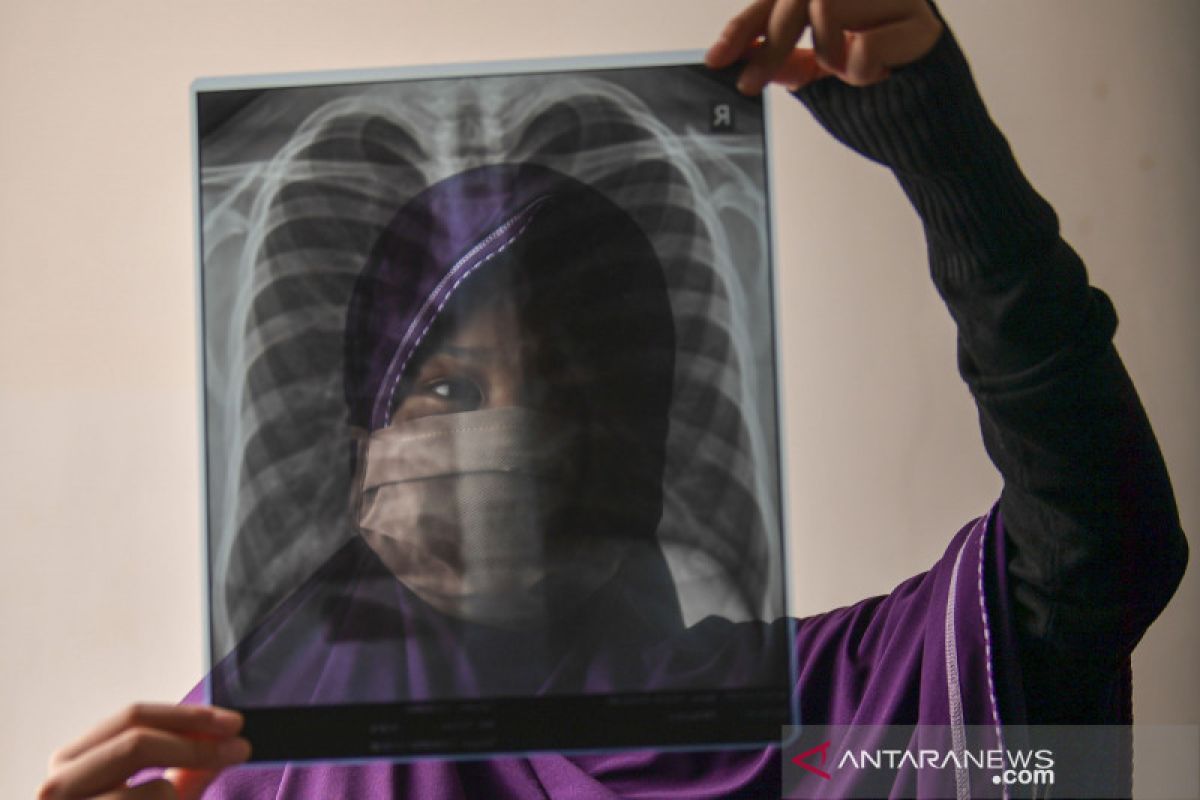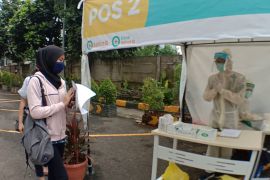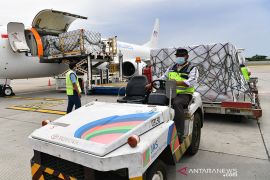"This is especially true for medium to severe conditions, and it usually takes a long time to return to normal, and if we check the radiology reports, the lungs still appear clouded or the ground-glass opacity (GGO) is still visible," the doctor explained during a virtual sharing session on Thursday.
Akin to scratched skin that will cause scars once it is healed, Dr Kurninawan explained that inflammation or damage in the lungs will also leave scars.
New lung function will also reduce, so it takes a long time to return to normal.
"However, if the conditions are mild and the GGO is thin, then recovery could be faster" he added.
For people with diabetes as a comorbidity, Kurniawan noted that their blood sugar levels will go haywire after being infected with COVID-19 on account of the COVID-19 medication consumed during the treatment period.
Related news: 6,000 people with disabilities vaccinated against COVID in W Java
"Some medicines cause blood sugar levels to rise. The infection also causes the blood sugar levels to go haywire," he remarked.
This condition necessitates a person with diabetes to be closely supervised after being infected with COVID-19 by always monitoring blood sugar levels and adjusting medicine intake.
Meanwhile, people with heart disease as a comorbidity may experience changes, such as reduced cardiac pumping and impaired ejection fraction.
Hence, Dr Kurniawan recommends people exposed to COVID-19 to mandatorily follow a healthy diet, exercise, and take adequate rest.
"However, an ideal healthy diet and exercise differs from individual to individual," he addressed.
"Do not be afraid to consult, especially now that telemedicine is available. Instead of listening to what other people say, it is better to consult to doctor to find out what steps are better for you, as everyone's health condition is different," Kurniawan concluded.
Related news: Health ministry to focus on controlling COVID transmission in 2022
Translator: Suci N, Resinta S
Editor: Rahmad Nasution
Copyright © ANTARA 2021











